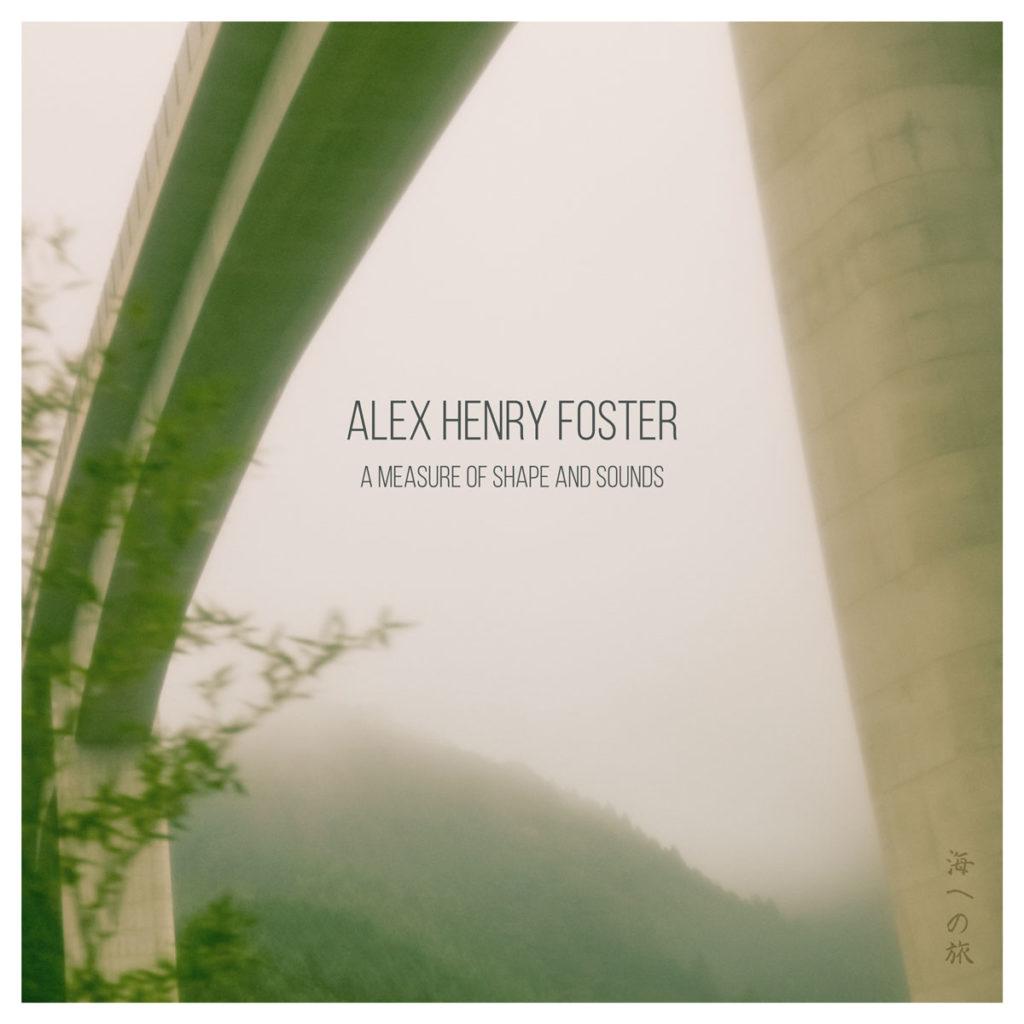A Measure of Shape and Sounds
ALBUM
Tracklisting
- Thoughtful Descent
- Mechanical Revision
- A Mind’s Tapestry
- Cinematic Insight
- Self-Portrait
- Sorrowful Bouquet
- Manic View
- A Gesture, A Present
- Alchemical Connection
- Reflective Ascent
Following Kimiyo, what would eventually become the second chapter of Voyage à la Mer, A Measure of Shape and Sounds, is an intimate journey of its own, representing a profound personal breathe-in made of several layers of guitar loops, reverberations, resonances, and oscillations juxtaposed together to create a sonic multi-directional contemplative maelstrom. Purposely recorded live to capture as direct a flow as possible, the songs embodied at that exact moment carried their human disposition not only to abandon oneself to the motion but to become one with it. Foster mentioned: “It felt like the representation of an organic movement that could ultimately break us free from the echo chamber we might have been trapped in and therefore end the emotional twirl and affective cycle of redundancy that too often comes with our emptiness and desperation.”
He adds: “Even though I had the conviction that we had guided Kimiyo as far as we had to without spoiling its natural beam of light by suddenly adding the shadows of our ambitions to it all, Ben and I felt there was more to explore, as so many additional fragments of musical landscapes instinctively surfaced while we kept dwelling on the vivid sensations we were both still being impacted with at that precise instant.”
Instrumental by choice and minimalist by design, it was capital for Foster that A Measure of Shape and Sounds stood as its own living organism, not as a faire-valoir or add-on to the growing entity that Voyage à la Mer was becoming. If Momoka incarnated Kimiyo’s voice, Foster was adamant about the fact that “no introspection is really yours until you voice it yourself.” In that sense, the album would provide an ongoing soundtrack to that internal self-searching reflection inviting us to lift ourselves forward, to tame the other bonding voices to which we usually surrender our longing desires for freedom.
This is what Foster encountered throughout the process: “If those pieces of new music were already leading the way, I knew there was more to experience. To discover what it might be, I would have to entirely let go of all the looming concerns I was starting to ponder regarding the circumstantial parameters associated with what was starting to look much more like an extensive endeavor than I was able to circumvent at that moment. Since genuineness and coherence are always the ultimate sieves through which I pass every single one of my projects before releasing them, I had to trust my instinct and discover what had begun to blossom deep down underneath my limitative worries, remembering that coherence is about honesty, not about structure. Contrary to so many precedent art forms I worked on, what I saw burgeoning out of our writing sessions didn’t have to be analyzed to determine if they were “it” when they surfaced; they were. You can’t fabricate honesty.”
He adds: “Even though I had the conviction that we had guided Kimiyo as far as we had to without spoiling its natural beam of light by suddenly adding the shadows of our ambitions to it all, Ben and I felt there was more to explore, as so many additional fragments of musical landscapes instinctively surfaced while we kept dwelling on the vivid sensations we were both still being impacted with at that precise instant.”
Instrumental by choice and minimalist by design, it was capital for Foster that A Measure of Shape and Sounds stood as its own living organism, not as a faire-valoir or add-on to the growing entity that Voyage à la Mer was becoming. If Momoka incarnated Kimiyo’s voice, Foster was adamant about the fact that “no introspection is really yours until you voice it yourself.” In that sense, the album would provide an ongoing soundtrack to that internal self-searching reflection inviting us to lift ourselves forward, to tame the other bonding voices to which we usually surrender our longing desires for freedom.
This is what Foster encountered throughout the process: “If those pieces of new music were already leading the way, I knew there was more to experience. To discover what it might be, I would have to entirely let go of all the looming concerns I was starting to ponder regarding the circumstantial parameters associated with what was starting to look much more like an extensive endeavor than I was able to circumvent at that moment. Since genuineness and coherence are always the ultimate sieves through which I pass every single one of my projects before releasing them, I had to trust my instinct and discover what had begun to blossom deep down underneath my limitative worries, remembering that coherence is about honesty, not about structure. Contrary to so many precedent art forms I worked on, what I saw burgeoning out of our writing sessions didn’t have to be analyzed to determine if they were “it” when they surfaced; they were. You can’t fabricate honesty.”
Release Date
September 20, 2024
Music
Alex Henry Foster
Ben Lemelin
Produced by
Alex Henry Foster
Ben Lemelin
Label
Hopeful Tragedy Records
